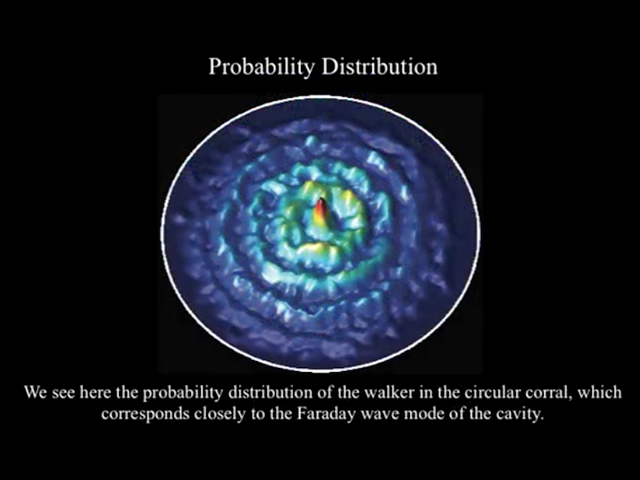Hm interesting, this looks good, certainly better than standard model...
In 1867, William Thomson (also known as Lord Kelvin) proposed “one of the most beautiful ideas in the history of science,” — that atoms are vortices in the aether. He recognized that if topologically distinct quantum vortices are naturally and reproducibly authored by the properties of the aether, then those vortices are perfect candidates for being the building blocks of the material world. When Hermann Helmholtz demonstrated that “vortices exert forces on one another, and those forces take a form reminiscent of the magnetic forces between wires carrying electric currents,” Thomson’s passion for this proposal caught fire. Using Helmholtz’s theorems, he demonstrated that a non-viscous medium does in fact only admit distinct types, or species, of vortices. And he showed that once these vortices form they can persist without end, and that they have a propensity to aggregate into a variety of quasi-stable arrangements. This convinced Thomson that vorticity is the key to explaining how the few types of fundamental matter particles — each existing in very large numbers of identical copies — arise in Nature. Despite the elegance of Thomson’s idea, the entire project was abandoned when the Michelson-Morley experiment ruled out the possibility that the luminiferous aether was actually there. Interpreting these vortices to critically depend on the aether (instead of allowing for some other medium to be the substrate that supports them) scientists dropped the idea altogether — unwittingly throwing the baby out with the bathwater.
via Overview of quantum space theory : Einstein’s Intuition : Quantum Space Theory. That link no longer works, so here is the original Quanta article. That article was reprinted here, in Wired.
